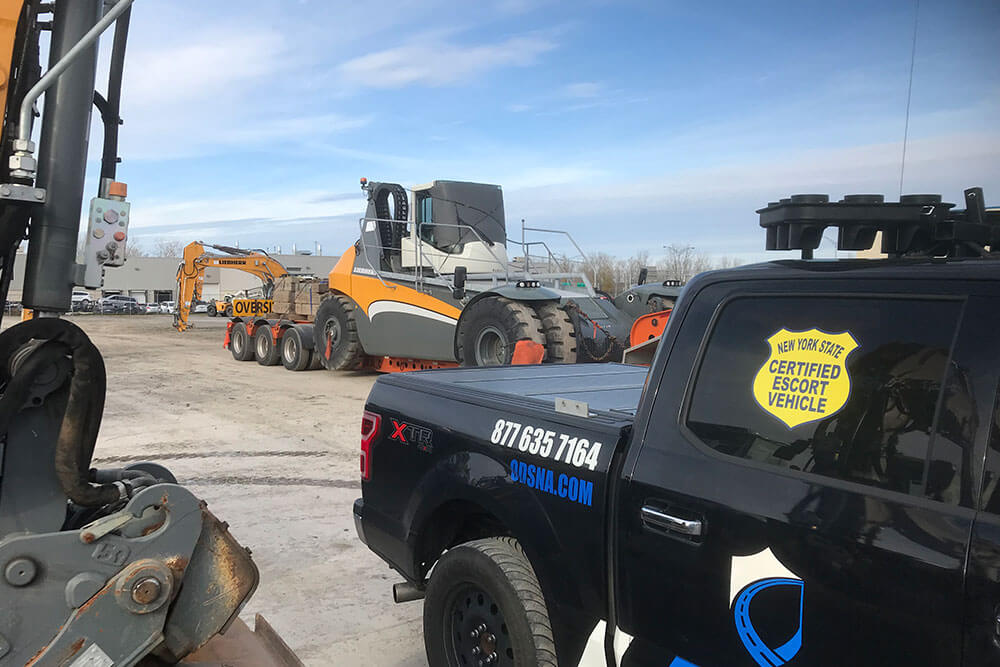As a pilot car driver, navigating through fall storm conditions in the United States and Canada can present unique challenges. From heavy rain and strong winds to fog and even snow, being prepared for adverse weather is crucial for ensuring the safety of oversized load transportation. Here are some essential tips to help pilot car drivers handle fall storm conditions effectively:
1. Stay Informed
- Monitor weather forecasts regularly to stay ahead of any upcoming fall storms in your area.
- Stay informed about road closures, detours, and any other relevant updates that could impact your route.
- Utilize weather apps and GPS systems that provide real-time updates on weather conditions along your planned route.
2. Ensure Proper Vehicle Maintenance
- Inspect your pilot car and ensure it is in optimal condition before heading out in fall storm conditions.
- Check your windshield wipers, lights, tires, and brakes to ensure they are in good working order.
- Carry emergency supplies such as a first aid kit, flashlight, extra batteries, blankets, and non-perishable food items in case you get stranded during a storm.
3. Adjust Your Driving
- Reduce your speed and increase following distances to allow for longer stopping distances in wet or icy conditions.
- Use caution when driving over wet leaves, as they can be as slippery as ice.
- Avoid sudden maneuvers and drive defensively to account for reduced visibility and unexpected road conditions.
4. Communicate Effectively
- Maintain clear communication with the driver of the oversized load to coordinate any necessary stops or route changes due to inclement weather.
- Use two-way radios or mobile phones to stay in constant contact with the driver and other members of your pilot car team.
- Keep emergency contact numbers handy in case you need to report an incident or request assistance.
5. Be Flexible
- Be prepared to adjust your route or schedule to accommodate changing weather conditions or road closures.
- Stay flexible and adapt to unexpected challenges, such as fallen trees, debris on the road, or flooded areas.
- Prioritize safety over deadlines and communicate any delays or changes to the driver and transportation company promptly.
6. Seek Shelter if Necessary
- If a fall storm intensifies or becomes too dangerous to continue driving, seek shelter in a safe location until conditions improve.
- Avoid parking under trees or in low-lying areas prone to flooding during severe weather events.
- Stay tuned to local weather alerts and follow evacuation orders if advised by authorities to ensure your safety and well-being.
By following these tips and staying vigilant during fall storm conditions, pilot car drivers can navigate safely and efficiently through challenging weather scenarios in the United States and Canada. Remember, preparation and caution are key when faced with adverse weather conditions on the road.
Final Thoughts
Handling fall storm conditions as a pilot car driver requires a combination of preparedness, communication, and adaptability. By staying informed, maintaining your vehicle, adjusting your driving, communicating effectively, being flexible, and seeking shelter when necessary, you can navigate through fall storms safely and ensure the successful transportation of oversized loads. Stay safe out there, and happy driving!

